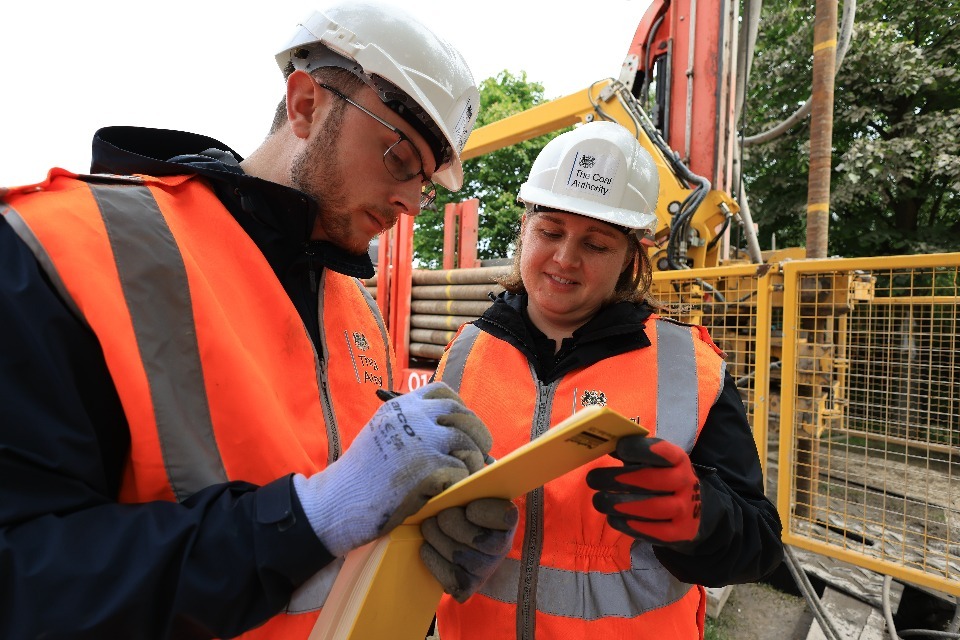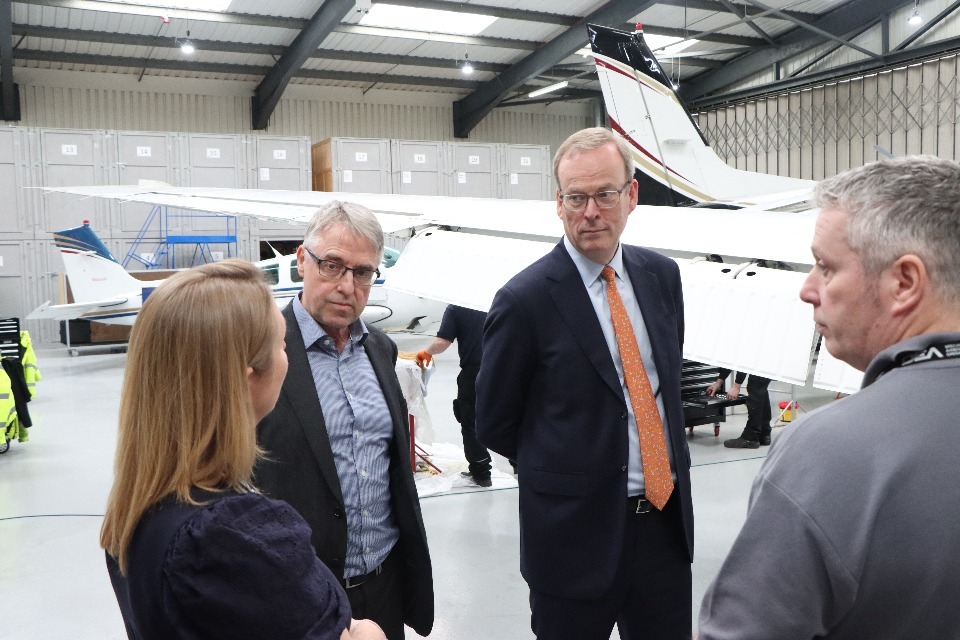The Mining Remediation Authority is thrilled to announce the launch of the innovative Gateshead mine water heat Living Laboratory, a pioneering research initiative designed to expand the potential of mine water heat technology and advance the UK’s journey towards net zero.
This project marks a significant milestone in sustainable heat research offering the only location in the world where thermal and hydrogeological behaviour can be studied between operational mine water heat schemes.
Located in the North East of England, the Living Laboratory is situated in the vicinity of 3 mine water heat schemes.
This includes Gateshead Energy Company’s mine water heat network – the largest of its kind in Great Britain and one of the largest in Europe – and another privately-funded pioneering scheme nearby at Lanchester Wines warehouses.
This impressive setup serves as a unique research environment to allow the study of thermal and hydrogeological behaviour between multiple mine water heat schemes within the Walker mining block in Tyne and Wear.
Supported by Gateshead Council, who allowed work to take place on their sites, the project involved drilling four boreholes and installing state-of-the-art monitoring equipment to gather crucial data.
The data generated will complement the research work under way at the mine water energy observatory developed in Glasgow by the British Geological Survey (BGS).
This is part of the UK Geoenergy Observatories project, comprising 2 at-scale facilities for research and innovation into shallow geothermal and underground thermal energy storage.
The Gateshead Mine Water Heat ‘Living Laboratory’ explained
The new Gateshead Living Laboratory will provide open-access data that will support future decisions on permitting and mine heat access agreements, fostering sustainable development and optimising the use of mine water heat as a secure, low-carbon heat source.
The data is available to view online here, allowing researchers, regulators, stakeholders, and academic institutions to make use of the outcomes.
Dr Fiona Todd, a geoscientist at the Mining Remediation Authority who led the project, said
Our Living Laboratory will provide invaluable insights into the behaviour of mine water heat systems and help us understand how multiple schemes co-exist within the same region.
This research is crucial for maximising the opportunity presented by mine water heat and supporting its development as a reliable, low-carbon heat source across the UK.
The establishment of this scheme aligns with the Mining Remediation Authority’s broader mission to protect and enhance the environment while creating value and minimising costs to taxpayers.
The insights gained from this project will be instrumental in expanding the market for mine water heat solutions, contributing significantly to the UK’s net zero ambitions.
A drilling rig during the construction of the Living Laboratory.
As the Mining Remediation Authority continues to expand on the potential of mine water heat, the Gateshead Mine Water Heat Living Laboratory stands as a beacon of innovation and collaboration.
By enhancing our understanding of mine water heat systems, this project will support the development of schemes across the country.
Sally Gallagher, senior technical specialist for the Environment Agency in the North East, said
We all have a role to play in tackling the climate emergency, which is why as an operator and a regulator, the Environment Agency has a leading role in helping the country get to net zero by 2050.
The decarbonisation of energy used for heating is a significant challenge for the UK and the Environment Agency.
We are pleased to support the launch of the Mining Remediation Authority’s Living Lab in Gateshead which will collect and share data to help understand how mine water can be used for heating.
Dr Todd added
This research project represents a strategic step in transforming Great Britain’s mining legacy into a powerful driver for sustainable growth.
Repurposing disused mines as sources of low-carbon heat will deliver both environmental and economic benefits to local communities.







